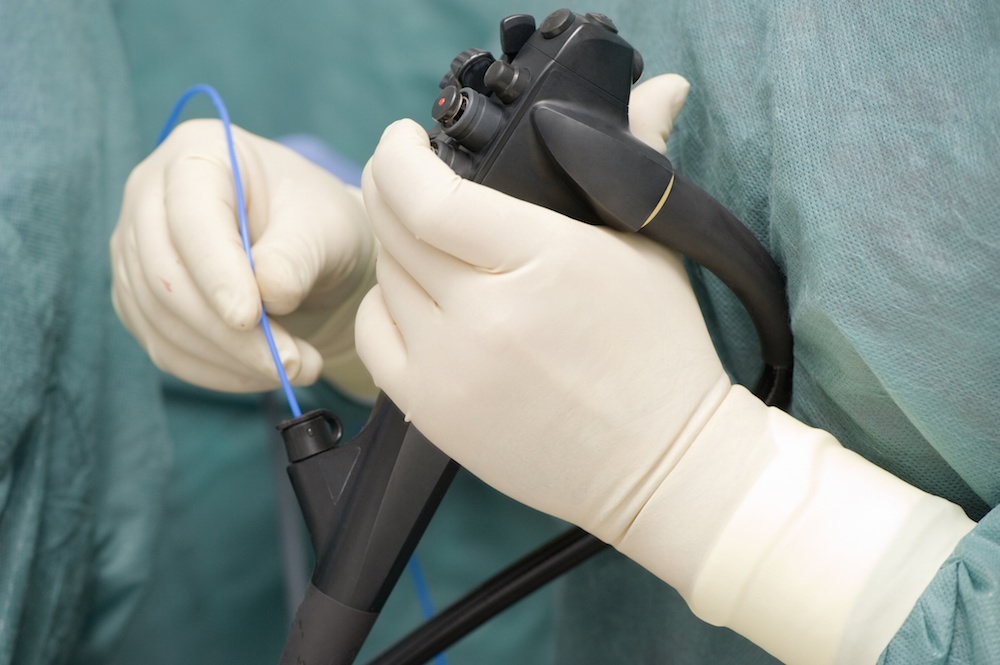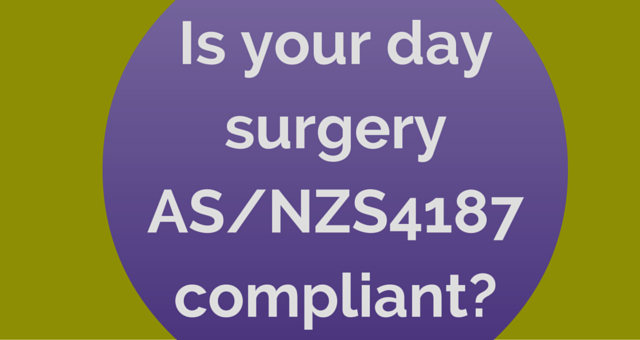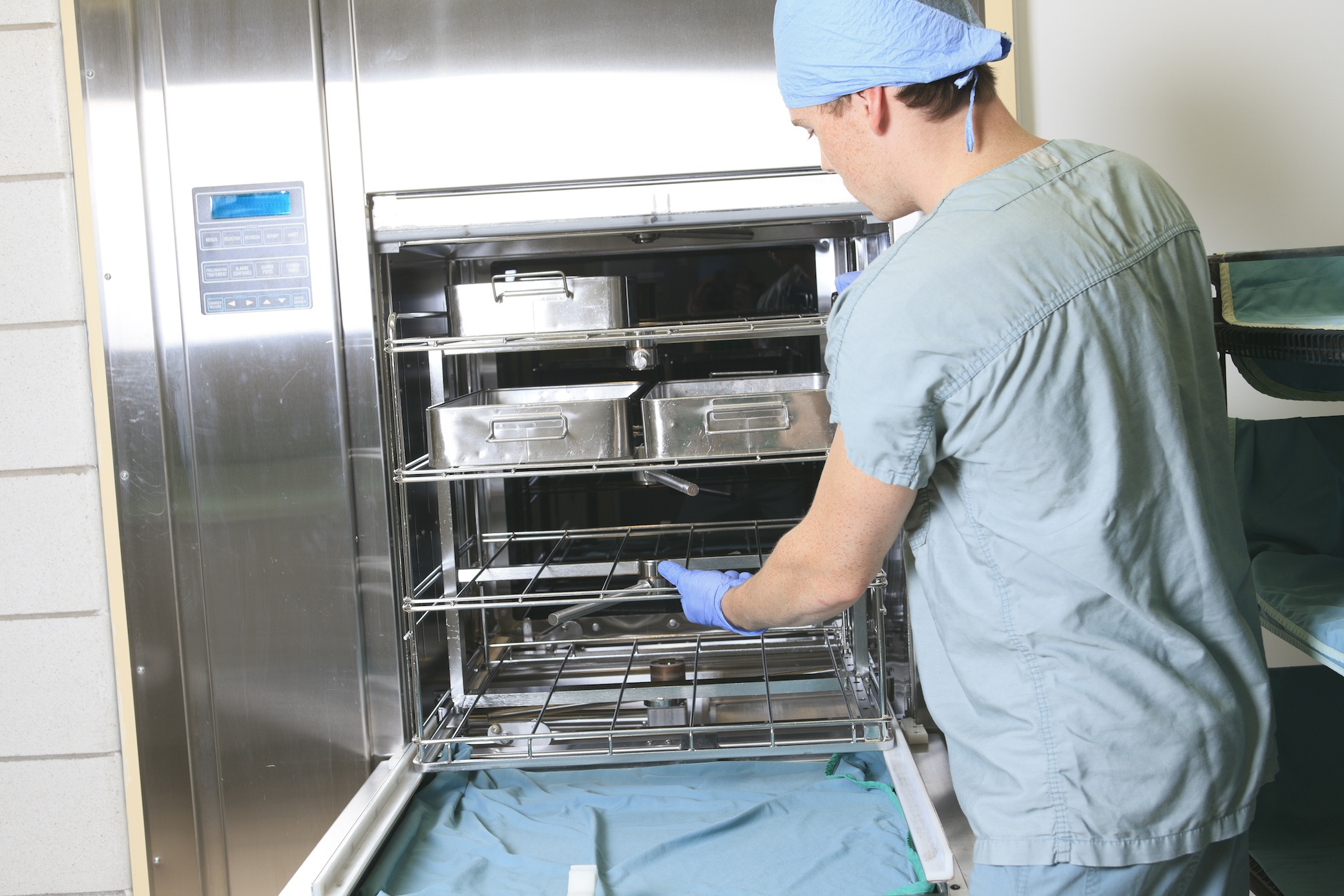[AS/NZS4187 - 2014] Reprocessing flexible endoscopes: what's changed?

Previously I wrote about the new version of AS/NZS 4187 (what it means for day surgeries and a reference table to AS4187 terminology for CDS Managers) which was released on the 15th December last year. It has brought some very significant changes to the previous standard. In this blog post I discuss the standard's application to the reprocessing of flexible endoscopes.
In the 2003 version of the standard, Flexible Endoscopes were referenced in Appendix C. Now, they are referenced throughout the main body of the standard and there is now detailed reference to automatic endoscope reprocessing equipment (AER’s)
The new standard is however much more specific in its treatment of these machines which reflects the proliferation of AER's since 2003. While the new AS/NZS 4187 standard still references the GENCA/GENSA guidelines for Infection Control in Endoscopy 2010, it’s still worth taking a closer look at what the changes may mean for reprocessing flexible endoscopes.
RMD’s and the Spaulding Classification
Endoscopes were previously treated as something different to the general surgical device classification. In contrast, the new standard defines endoscopes in line with all reusable medical devices and classifies them as RMD’s.
The new standard also utilises the Spaulding classification for RMD’s which raises the question "which of the classifications applies to flexible endoscopes -critical, semi-critical or non-critical?
Given that a flexible endoscope comes in contact with mucous membranes and cannot be sterilized by moist heat, it would seem that it would be classified as Semi-critical. This s confirmed by Queensland Health's module on Endoscope Reprocessing.
‘Flexible endoscopes come under the semi-critical category and ideally they should be sterilised. Because of their structural complexity and fragility flexible endoscopes cannot withstand the heat of steam sterilisation. There is currently no existing process that can guarantee sterility of flexible endoscopes.
Professional societies worldwide recommend that flexible endoscopes should be subjected to high level disinfection as a minimum level of reprocessing’.
Identification and Traceability
Where identification and traceabliltiy are concerned there are important differences. Whereas the previously the standard centered primarily on sterilization, the 2014 version is quite specific in its treatment of flexible endoscopes.
‘Procedures shall be specified for the identification and traceability of semi-critical RMDs undergoing high level chemical disinfection and critical RMDs including trial and loan RMDs, during reprocessing and subsequent use on patients undergoing surgical or invasive procedures.’
But the new standard goes further specifying the following mandatory minimum requirements for the traceability of high Level chemical disinfection processes;
- Type of RMD
- Unique ID or serial number of the RMD
- Date of cleaning and the person responsible
- The person who connects the RMD to the AER, or manually immersed the RMD in disinfectant
- ID of the AER
- Cycle number and date of process
- Disinfectant type and its batch number, expiry date, date of decanting and date of disposal.
- Type of Test Strip, batch number, expiry date
- Cycle process printout
- Time immersed in disinfectant, time removed and final rinse.
Routine Monitoring and Control
Another significant change to the treatment of Flexible Endoscopes is contained in Section 8 - Routine Monitoring and Control. Whilst the 2003 standard touched on some of the requirements in Appendix 3, Section 8 of the new standard is very specific in its requirements.
It details the mandatory data requirements to be recorded for each cleaning, disinfection, packaging and sterilizing process so as to demonstrate that the process specifications have been met with the defined tolerances.
For manual disinfection, the standard requires;
- Temperature of the High Level Disinfectant (HLD)
- Contact time
- Rinse water volume
- Minimum Recommended Concentration (MRC)
For AER’s;
- Process record and indicators
- MRC
- Water pressure, flow, action, disinfectant agent volume and temperature
- Contact time
Appendix 3 in the 2003 standard made reference to HB 8149:2001 for Microbiological surveillance of flexible endoscopes whereas Section 8 of the new standard is quite specific;
- Tested at least quarterly in accordance with GENCA guidelines
- Flexible endoscopes used in sterile body cavities must be tested monthly
- Loaned flexible endoscopes and those returning from repair must undergo surveillance within 72 hours of recipe by the Health Service Organisation (HSO).
Conclusion
There are many changes in AS/NZS 4187 2014 that may impact the reprocessing of flexible endoscopes which warrants CSSD Managers attention. Especially given the standard specifies just a 2 year adoption period.
While I have touched on some of the most significant changes here, many more are contained within the new standard. If you want to find out more, your primary sources of information and advice should be:
Federation of Sterilizing Research and Advisory Councils of Australia (FSRACA).
The Gastroenterological Society of Australia (GESA).
The Gastroenterological Nurses College of Australia (GENCA).
Both AS/NZS 4187 2014 and SNZ HB 8149:2001 standards can be purchased from SAI global.



